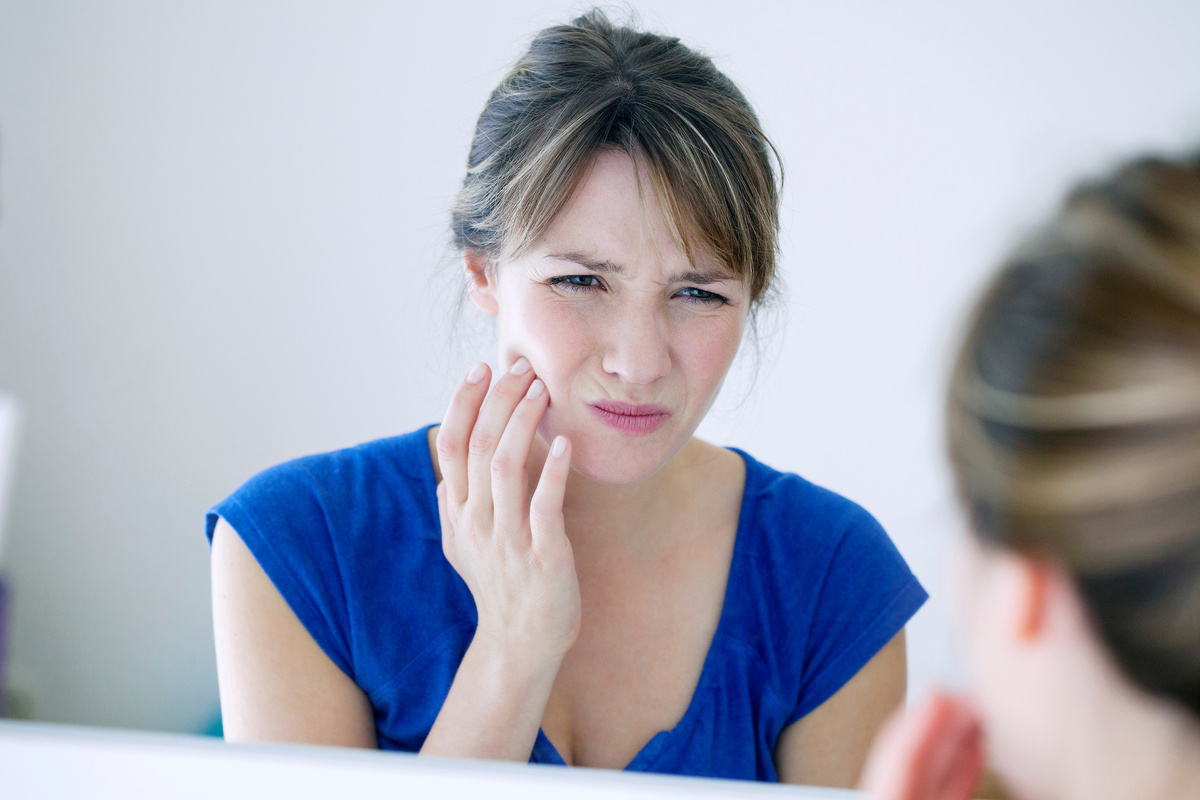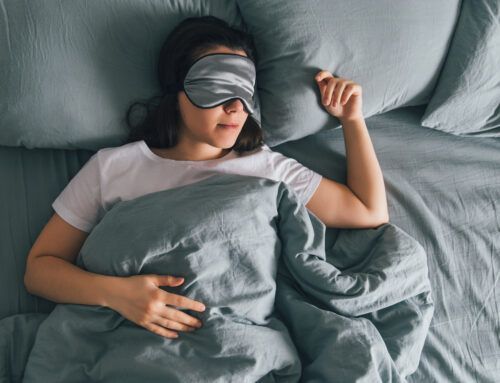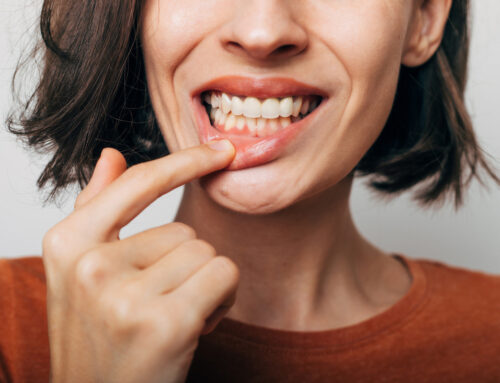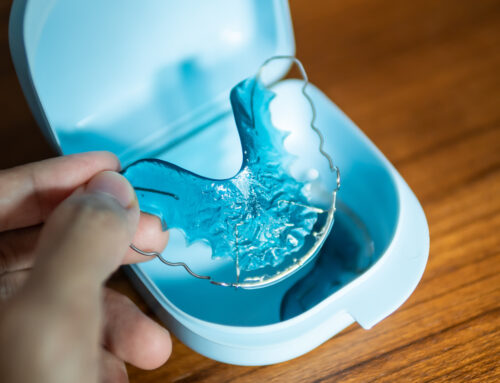 The destructive force of nighttime teeth grinding can sabotage even the most carefully planned orthodontic treatment, creating a silent assault on your smile while you sleep. This unconscious habit, medically known as bruxism, generates enough pressure to bend metal, crack enamel, and gradually push teeth out of their carefully guided positions.
The destructive force of nighttime teeth grinding can sabotage even the most carefully planned orthodontic treatment, creating a silent assault on your smile while you sleep. This unconscious habit, medically known as bruxism, generates enough pressure to bend metal, crack enamel, and gradually push teeth out of their carefully guided positions.
At Clemente Orthodontics, our multigenerational family practice has helped countless patients address the complex relationship between teeth grinding and orthodontic issues since the 1970s. Dr. Michael and his daughters, Dr. Nicole and Dr. Marissa, work together as a seamless team to identify the early signs of bruxism and protect your orthodontic investment.
How Teeth Grinding Impacts Orthodontic Treatment
Bruxism creates excessive forces that can significantly interfere with orthodontic care. The constant pressure from grinding gradually pushes teeth out of their proper positions, potentially extending treatment time and compromising results.
For patients wearing braces, grinding can damage brackets and wires, leading to emergency appointments and treatment delays. Those using Invisalign® may unconsciously clench on their aligners, causing premature wear or even cracking of these custom appliances.
The Two-Way Relationship Between Grinding and Misalignment
Teeth grinding and orthodontic problems exist in a cyclical relationship where each condition can worsen the other if left unaddressed.
How Misalignment Triggers Grinding
When teeth don’t fit together properly, the jaw muscles and brain attempt to find a more comfortable position. This search for comfort can trigger unconscious grinding as the body tries to “wear down” points of interference in the bite.
How Grinding Worsens Alignment Issues
The persistent pressure from grinding gradually moves teeth from their proper positions. As teeth shift, they create new points of interference, which may further increase grinding behavior and create a self-perpetuating cycle of problems.
Warning Signs and Diagnosis
Many patients are unaware they grind their teeth until the damage becomes visible or symptoms become severe. Regular orthodontic check-ups play a crucial role in early detection.
Our orthodontists carefully examine teeth for signs of abnormal wear patterns, which appear as flattened, chipped, or fractured areas, particularly on the biting surfaces. We also assess jaw muscles for tenderness and evaluate joint function for signs of strain.
Consider scheduling an evaluation if you experience any of these common symptoms:
- Morning headaches or facial pain
- Increased tooth sensitivity
- Tired or tight jaw muscles
- Disrupted sleep or reports of grinding sounds from sleep partners
- Unexplained wear on teeth or orthodontic appliances
These symptoms often indicate an underlying grinding habit that requires professional intervention to protect your orthodontic treatment.
Protection Strategies During and After Orthodontic Care
Effective management of teeth grinding requires a multi-faceted approach that addresses both the symptoms and underlying causes.
For patients currently in orthodontic treatment, specialized nightguards can be custom-designed to work alongside braces or Invisalign®. These protective appliances distribute grinding forces evenly while preventing damage to both teeth and orthodontic hardware.
After completing orthodontic treatment, long-term protection becomes essential. Custom-fitted nightguards preserve your new smile by preventing both grinding damage and the potential tooth movement that could compromise your results.
Stress management techniques often provide significant relief, as emotional tension frequently manifests as physical clenching during sleep. For some patients, addressing underlying sleep disorders or jaw alignment issues may completely resolve grinding behavior.
Get Help for Your Teeth Grinding and Orthodontic Needs
Don’t let teeth grinding compromise your path to a beautiful, healthy smile. Early intervention and proper protection strategies can ensure your orthodontic treatment progresses smoothly despite a grinding habit. Our team provides personalized solutions that address both the symptoms and underlying causes of bruxism.
As the number one Invisalign® provider in New York and New Jersey, our team is among the top 1% in the country at treating patients with this technology. We’re proud to have treated more Invisalign® patients than 99% of all other providers in the nation. Contact our team at (845) 638-6646 for our New City office, (201) 484-0600 for Woodcliff Lake, or (201) 447-2888 for Ridgewood, or schedule your consultation through our contact form.

Medically reviewed by:
The Orthodontic Team at Clemente Orthodontics
December 2, 2025
At Clemente Orthodontics our expert dental team takes great care in providing orthodontic treatment and Invisalign solutions for our patients.





